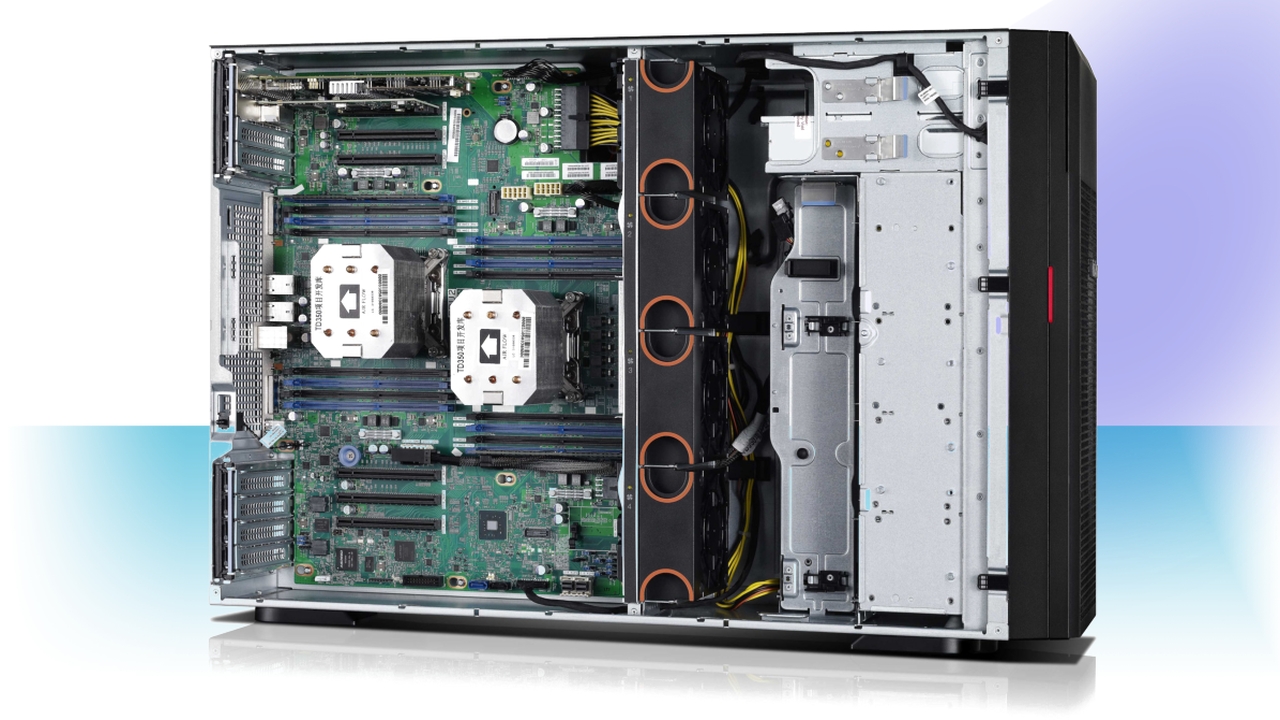The hidden risks in consumer-grade storage components
Have you allocated consumer-grade storage for enterprise use?

Finding the most appropriate and balanced way to improve storage performance is a major focus for many organisations. But even once that hurdle has been overcome, there are more challenges to be confronted by, such as what class of storage they should look to deploy.
Those leaning towards flash technology might want to bear in mind that one method for getting list prices into the same ball-park as enterprise HDD and hybrid arrays has been to use consumer-grade components for flash enterprise applications.
While this method is technically possible and undoubtedly lowers the initial capital expenditure, it could be seriously undermined in the long term by the operating and downtime costs incurred from using less robust technology. Organisations need to ask themselves whether it's worth taking the risk.
Consumer grade gear deployed
100 UK IT managers were recently asked if they would knowingly deploy consumer grade flash and the answer was almost unanimous. The survey conducted by independent research firm Vanson Bourne in 2013, found 99 percent would not knowingly deploy consumer-grade storage, whether HDDs or flash, for their enterprise applications.
The survey was prepared and conducted by independent research firm Vanson Bourne in 2013. The data was collected via an online survey completed by a nationally representative sample of 100 IT Managers from key industry sectors such as financial services, manufacturing, retail, distribution and transport and the commercial sector from across the United Kingdom. These companies employed either 1,000-3,000 staff, or more than 3,000 employees.
However consumer grade equipment is quietly smuggled into corporate environments without IT managers being aware.
Right tool for the job
The history of the enterprise storage marketplace is littered with examples of organisations learning the valuable lesson of "using the right tool for the job". While some have made the error of over-spending on technology, many others have made the mistake of under-spending and adding unnecessary risk. A great example of this is the use of low cost SATA hard disk drives in enterprise environments, the "old-school" variant of using consumer-grade flash in hybrid and all-flash arrays.
Are you a pro? Subscribe to our newsletter
Sign up to the TechRadar Pro newsletter to get all the top news, opinion, features and guidance your business needs to succeed!
Interestingly, while some vendors are being open about the use of consumer grade flash in their products (albeit claiming the use of software in an attempt to offset the risk), they are being deliberately vague about the underlying architectures. The huge risks this presents need to be highlighted more prominently. Organisations need to demand more information and be more careful when making decisions over what grade of storage they are choosing. There is a danger that by cutting costs they will end up cutting corners. Can any business afford to take such risks with its data?
Ask vendors for proof
A simple question to ask such vendors is to ask for proof of claim and provide example customers who've had installations for a reasonable period of time (2-3 years is a bare minimum) with no issues or the need for service calls.
Organisations need to strike a balance between cost and risk. While using consumer grade hardware may well lower the initial capital expenditure cost of a project, it can significantly impact operational cost. More importantly, it can have a detrimental effect on business availability.
- Gavin McLaughlin, is Solutions Development Director at X-IO Storage and has worked in the IT industry for over 25 years and previously held sales and technical leadership roles at HP, Sun Microsystems and EMC.